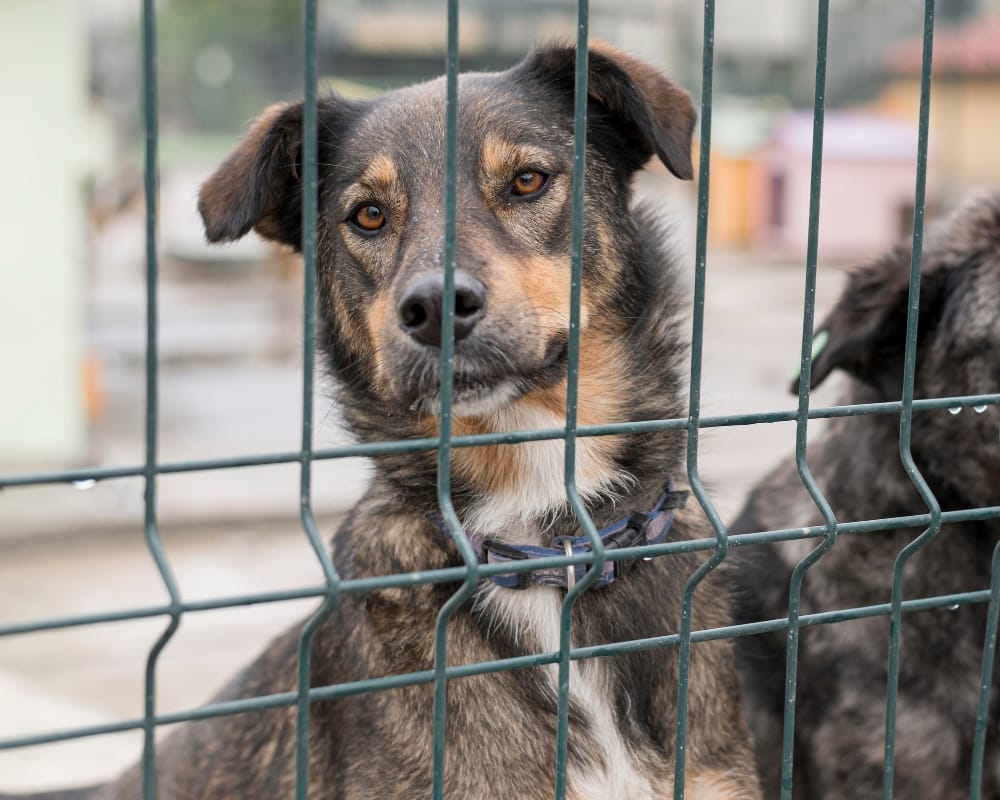
While it may seem harmless to collect animals, it can quickly escalate to a dangerous level, as animals are often neglected and live in unsanitary conditions. In this blog post, we will explore the hidden signs of animal hoarding, the individual's usual behavior, the condition of a hoarded house, the hazards found in animal-hoarded homes, and how the animals are affected by these conditions.
An Urgent Need to Care For and Accumulate Animals
Hoarders typically have the impulse to collect items that they deem valuable, leaving them with little to no space in their homes. In the case of animal hoarding, the hoarder may have an uncontrolled urge to care for and accumulate animals, which ultimately leaves them unable to provide adequate care for each pet. An animal hoarder may also show signs of social isolation, looking unkempt, and become defensive and overly protective of the animals they collect.

A Neglected, Cluttered Home
The condition of a hoarded home can be severe, and the state of the home reflects the mental health and well-being of the hoarder. Animal hoarding homes can be challenging to manage and clean up, as they are often unsanitary and uninhabitable. The accumulation of feces, urine, and other waste products can lead to unsafe living conditions for both people and pets. The cluttered condition of the home can contribute to structural damage, pest infestation, and a fire hazard.
A Dangerous Living Environment
Animal-hoarded homes can pose health hazards, not just to the hoarder or the animals they collect but to neighbors and the community at large. Repeated exposure to animal waste and urine can lead to respiratory problems and other health issues. Dead animals can also create bacteria and viruses that can affect the health and safety of those living in the home and surrounding areas. In extreme cases, the accumulation of waste can attract rodents and pests, which can lead to further health and safety risks.

Malnourished and Neglected Animals
Animals that are affected by animal hoarding are often neglected and left in unsafe conditions. Malnutrition, lack of regular health check-ups, and inadequate shelter are all common issues that animals face in hoarded homes. The psychological impact on animals cannot be overlooked either, leaving them with emotional scars that can take years of rehabilitation to overcome. In some instances, animals may become so damaged that humane euthanization becomes necessary.
The Crime Behind Good Intentions
Despite what may seem like good intentions, animal hoarding is considered a crime in many areas. While most hoarders believe they are saving animals, their actions can lead to animal cruelty and neglect charges. The overpopulation also means the hoarder cannot properly care for all the animals, leading to more suffering and harm.
Learn more: Animal Hoarders: The Illness and The Crime

Getting Help in An Animal Hoarding Situation
Hoarders often feel overwhelmed and unable to manage their situation on their own. Support from mental health professionals and animal welfare organizations provide the necessary assistance to address the underlying causes of hoarding. If you're looking for ways to intervene in an animal hoarding situation, here are some tips to consider:
- Be empathetic and non-judgmental towards the hoarder
- Educate yourself on animal hoarding and its effects
- Contact local animal welfare organizations for support and advice
- Reach out to mental health professionals for guidance and support
Bio-One of Modesto Can Help
Recognizing the signs of animal hoarding is the first step in early intervention to prevent the situation from worsening. Bio-One of Modesto provides animal hoarding cleanup services to assist both hoarders and animals that have been affected. We have the experience, resources, and connections to ensure that both the hoarder and the animals receive the necessary aid. Let us help you; give us a call at (209) 771-0071 for immediate response!


